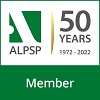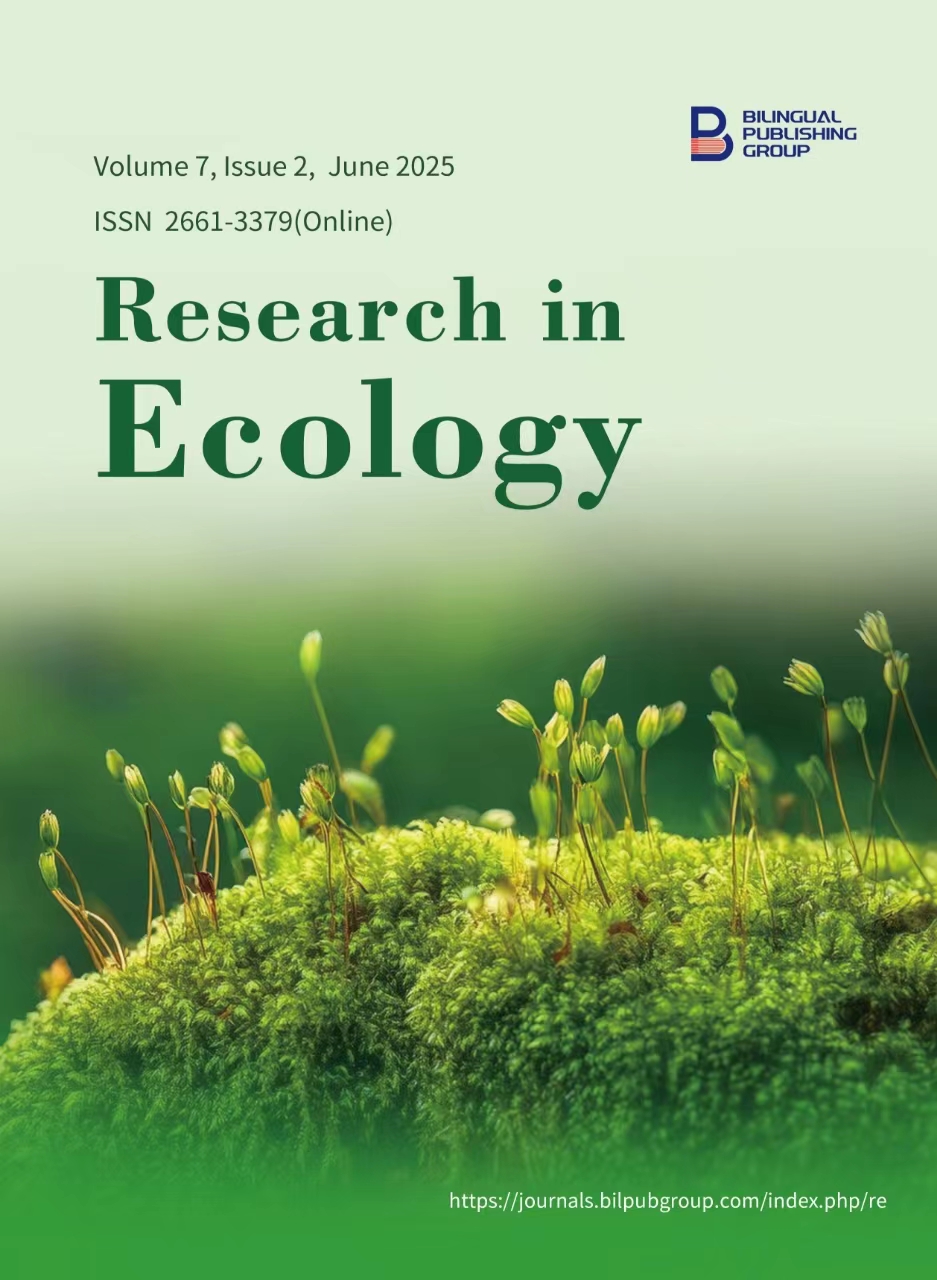
Assessing the Role of Delhi Metro on Urban and Peri-Urban Landscape Change: A GIS Perspective
DOI:
https://doi.org/10.30564/re.v7i2.9552Abstract
This study offers valuable insights into the relationship between metro ridership patterns and the spatial transformations around Delhi Metro stations, underscoring the role of mass transit infrastructure in shaping urban land use and ecosystem landscapes. The primary objective is to assess how high-ridership metro stations can positively influence urban development, particularly regarding socio-economic and ecological dimensions. Integrating primary survey data with ridership statistics from the Delhi Metro Rail Corporation (DMRC), the research identifies key interchange stations, such as Kashmere Gate and Rajiv Chowk, which exhibit substantial passenger volumes. Utilising GIS-based spatial analysis and remote sensing techniques, land use changes within a 500-meter buffer zone around these stations are considered, focusing on built-up areas, green cover, and open space availability. Time-series satellite imagery generates comparative maps illustrating land use changes pre- and post-introduction of metro services. The analysis reveals that high-ridership stations are linked to significant commercial densification, particularly near Rajiv Chowk, with a p-value of 0.172. Conversely, peripheral stations like Dwarka Sector 21 indicate residential growth trends, with a p-value of 0.087 for residential areas. Importantly, two land use categories—Green Space (t = –2.33, p = 0.045) and Open Space (t = 3.57, p = 0.006)—show statistically significant reductions, highlighting the ecological impacts of metro infrastructure. The findings suggest that metro systems can promote commercial clustering in urban centres while fostering residential growth in surrounding areas. Overall, the study highlights the potential of metro systems to enhance accessibility, reshape urban ecosystems, and encourage the development of compact urban forms. The implications for urban planning advocate for transit-oriented development (TOD) as a strategic approach to manage growth, minimise sprawl, and ensure sustainable and inclusive development.
The findings reveal that major metro stations, including Kashmere Gate and Rajiv Chowk, exhibit the highest ridership levels and function as critical catalysts for commercial intensification and infrastructure concentration. Conversely, peripheral stations such as Dwarka Sector 21 and Anand Vihar reflect more localized development patterns, often characterized by the emergence of residential clusters and supportive infrastructure.
This analysis highlights the crucial role of the metro system in enhancing multimodal connectivity and transforming the urban ecosystem, thus contributing to creating a more compact, accessible, and functionally diverse urban landscape. These insights hold significant importance for planners and policymakers aiming to leverage the spatial impacts of mass transit to promote environmentally sustainable and socially inclusive urban development.
Keywords:
Metro Station; Urban Ecosystem; Landscape; Transit; GISReferences
[1] Oduwaye, L., Onifade, V., Ilechukwu, V., et al., 2024. Transit-oriented development and urbanisation in African cities. In The Geojournal Library (pp. 17–31). DOI: https://doi.org/10.1007/978-3-031-58726-92
[2] Chakwizira, J., Bikam, P., Adeboyejo, T.A., 2014. The impact of rapid urbanisation on public transport systems in the Gauteng region of South Africa. Zenodo (CERN European Organization for Nuclear Research). DOI: https://doi.org/10.5281/zenodo.1337239
[3] Mishra, A.K., 2019. Cities, transport and agglomeration: Addressing the urban mobility challenges in India. Growth and Change, 50(3), 1115–1133. DOI: https://doi.org/10.1111/grow.12321
[4] Gupta, R.K., 2024. Identifying urban hotspots and cold spots in Delhi using the Biophysical Landscape framework. Ecology Economy and Society – The INSEE Journal, 7(1), 137–155. DOI: https://doi.org/10.37773/ees.v7i1.954
[5] Goel, D., Gupta, S., 2015. The effect of metro expansions on air pollution in Delhi. The World Bank Economic Review, 31(1), 271–294. DOI: https://doi.org/10.1093/wber/lhv056
[6] Randhawa, P., 2012. Delhi Metro Rail: Beyond mass transit. Economic and Political Weekly, 47(16), 25–29.
[7] Hurst, N.B., West, S.E., 2014. Public transit and urban redevelopment: The effect of light rail transit on land use in Minneapolis, Minnesota. Regional Science and Urban Economics, 46, 57–72. DOI: https://doi.org/10.1016/j.regsciurbeco.2014.02.002
[8] Rana, D., Kumar, D., Kumari, M., et al., 2022. Assessing the impact of Delhi Metro Network towards urbanisation of Delhi-NCR. In Advances in Geographical and Environmental Sciences (pp. 333–349). DOI: https://doi.org/10.1007/978-981-16-7373-3_17
[9] Bhattacharjee, S., Goetz, A.R., 2016. The rail transit system and land use change in the Denver metro region. Journal of Transport Geography, 54, 440–450. DOI: https://doi.org/10.1016/j.jtrangeo.2016.02.004
[10] Roukouni, A., Basbas, S., Kokkalis, A., 2012. Impacts of a metro station on the land use and transport system: The Thessaloniki Metro case. Procedia - Social and Behavioral Sciences, 48, 1155–1163. DOI: https://doi.org/10.1016/j.sbspro.2012.06.1091
[11] Yan, X., Liu, Y., Sun, H., et al., 2024. Spatiotemporal impacts of metro network structure on land use change. Journal of Urban Management. DOI: https://doi.org/10.1016/j.jum.2024.04.002
[12] Kheyroddin, R., Taghvaee, A., Forouhar, A., 2014. The influence of metro station development on neighbourhood quality. International Review for Spatial Planning and Sustainable Development, 2(2), 64–75. DOI: https://doi.org/10.14246/irspsd.2.2_64
[13] Bothe, K., Skytt-Larsen, C.B., 2019. Urban public transport investment and socio-spatial development: the case of the Copenhagen Metro. In Edward Elgar Publishing eBooks. DOI: https://doi.org/10.4337/9781788119825.00017
[14] Lin, D., Nelson, J.D., Cui, J., 2021. Exploring influencing factors on metro development in China from urban and economic perspectives. Tunnelling and Underground Space Technology, 112, 103877. DOI: https://doi.org/10.1016/j.tust.2021.103877
[15] Tong, L., Zhou, X., Miller, H.J., 2015. Transportation network design for maximizing space–time accessibility. Transportation Research Part B Methodological, 81, 555–576. DOI: https://doi.org/10.1016/j.trb.2015.08.002
[16] Saif, M.A., Zefreh, M.M., Torok, A., 2018. Public transport accessibility: A literature review. Periodica Polytechnica Transportation Engineering, 47(1), 36–43. DOI: https://doi.org/10.3311/pptr.12072
[17] Xu, R., Qin, Q., Lin, C., et al., 2014. Investigating the impact of road network development on land cover change in Lijiang River Basin. DOI: https://doi.org/10.1109/igarss.2014.6947425
[18] Cervero, R., Kockelman, K.M., 1997. Travel demand and the 3Ds: Density, diversity, and design. Transportation Research Part D Transport and Environment, 2(3), 199–219. DOI: https://doi.org/10.1016/s1361-9209(97)00009-6
[19] Liu, C., Li, W., Zhu, G., et al., 2020. Land use/land cover changes and their driving factors in the northeastern Tibetan Plateau based on geographical detectors and Google Earth Engine: A case study in Gannan Prefecture. Remote Sensing, 12(19), 3139. DOI: https://doi.org/10.3390/rs12193139
[20] Fu, F., Jia, X., Wu, D., et al., 2023. Evolution and prediction of land use around metro stations. Frontiers in Environmental Science, 11. DOI: https://doi.org/10.3389/fenvs.2023.1106019
[21] Bharti, M., Bhaskaran, P.V., 2021. Impact of Metro-Rail projects on land use and land value in Indian Cities—The case of Chennai. In Railway Transportation in South Asia (pp. 43–65). DOI: https://doi.org/10.1007/978-3-030-76878-2_4
[22] Begam, S., Jha, P., Yadav, P.K., et al., 2024. Urban transformation through transit: the case of Delhi metro. Deleted Journal. 1(1). DOI: https://doi.org/10.1007/s44327-024-00035-1
[23] Gupta, R., Srinivas, R., Swathi., 2012. Civil Engineering Department, Birla Institute of Technology and Science, Pilani., 2012. Environmental & Socio-Economic Impacts of mass rapid Transit using GIS. Abstract. Available from: https://proceedings.esri.com/library/userconf/proc15/papers/1119_585.pdf
[24] Sharma, N., Singh, A., Dhyani, R., et al., 2014. Emission reduction from MRTS projects – A case study of Delhi metro. Atmospheric Pollution Research, 5(4), 721–728. DOI: https://doi.org/10.5094/apr.2014.081
[25] Murty, M.N., Dhavala, K.K., Ghosh, M., et al., 2006. Social Cost-Benefit Analysis of Delhi Metro Munich Personal REPEC Archive. Available from: https://mpra.ub.uni-muenchen.de/1658/
[26] Zawadzka, J.E., Corstanje, R., Fookes, J., et al., 2017. Operationalizing the ecosystems approach: Assessing the environmental impact of major infrastructure development. Ecological Indicators, 78, 75–84. DOI: https://doi.org/10.1016/j.ecolind.2017.03.005
[27] Khare, R., Villuri, V.G.K., Chaurasia, D., et al., 2021. Measurement of transit-oriented development (TOD) using GIS technique: a case study. Arabian Journal of Geosciences, 14(10). DOI: https://doi.org/10.1007/s12517-021-07142-y
[28] Ibrahim, S.M., Ayad, H.M., Turki, E.A., et al. 2022. Measuring Transit-Oriented Development (TOD) levels: Prioritize potential areas for TOD in Alexandria, Egypt using GIS-Spatial Multi-Criteria based model. Alexandria Engineering Journal, 67, 241–255. DOI: https://doi.org/10.1016/j.aej.2022.12.053
[29] Giorgoudis, M., Hadjimitsis, D., Shiftan, Y., 2014. Sustainable transport planning using GIS and remote sensing: An integrated approach. DOI: https://doi.org/10.1117/12.2077752
[30] Bridgelall, R., Rafert, J., Tolliver, D., 2015. Hyperspectral applications in the global transportation infrastructure. DOI: https://doi.org/10.1109/eusipco.2015.7362481
[31] Master Plan for Delhi 2021. (n.d.). In Delhi Development Authority. Available from: https://dda.gov.in/master-plan-2021
Downloads
How to Cite
Issue
Article Type
License
Copyright © 2025 Rupesh Kumar Gupta

This is an open access article under the Creative Commons Attribution-NonCommercial 4.0 International (CC BY-NC 4.0) License.




 Rupesh Kumar Gupta
Rupesh Kumar Gupta





